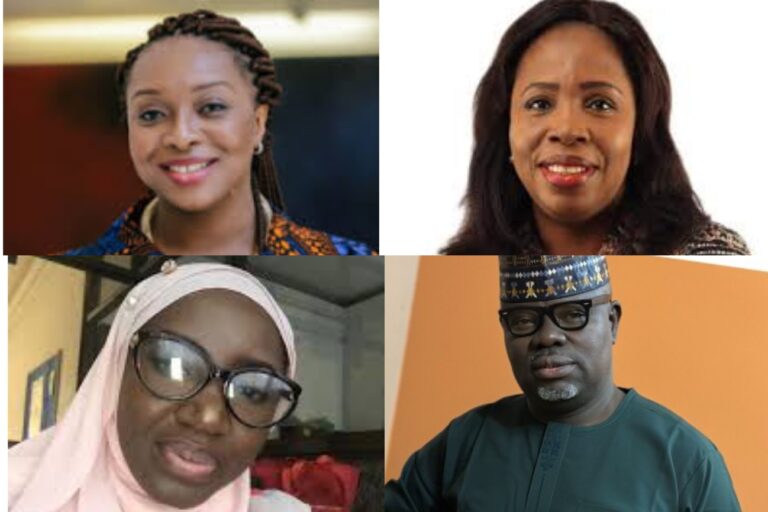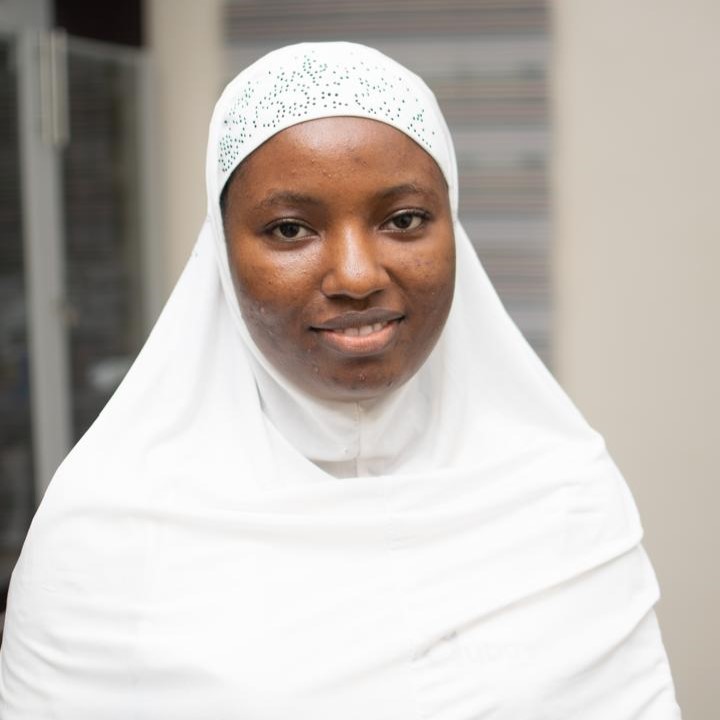In commemoration of International Women’s Day 2025, media experts have reiterated the need for greater inclusion of women in newsrooms and decision-making roles.
They emphasised the importance of amplifying female voices in society to ensure sustained leadership opportunities for women in media organisations.
At a panel discussion held on X (formerly Twitter), the Wole Soyinka Center for Investigative Journalism (WSCIJ) convened media professionals and gender advocates to explore ways to accelerate women’s leadership in the media industry.
The discussion focused on ‘Leveraging the news media in accelerating women’s leadership in journalism and society.’
Key discussions
Panelists including the Group Investigative Editor of Media Trust Group, publishers of Daily Trust titles, and owner of Trust TV, Lami Sadiq, and the Executive Director of Africa Women in Media (AWIM), Yemisi Adebobola, underscored the need to address biases in news reporting and create more opportunities for women in media leadership.
They observed that fewer young women are pursuing journalism as a career, with many opting for social media influencing instead.
This shift, they argued, highlights the urgency of bridging gender gaps and fostering a more inclusive newsroom culture.
Mrs Sadiq categorised women’s leadership into qualitative and quantitative dimensions. She explained that in the qualitative realm, the attitude of the women to leadership shows that more women now develop interests in daring beats while according to her the quantitative dimension shows that their overall representation in top leadership positions remains low, with only 25 per cent occupying higher roles.
She therefore stressed the need for gender balance in newsrooms, calling for a deeper examination of the systemic barriers preventing women from advancing to top editorial positions.
“It goes beyond leadership. Spouses and relationships also play a significant role in women’s career progressions.” She added.
Also speaking Dr Adebobola, highlighted the slow but steady increase in women’s representation in the media, from 4 per cent in 2020 to 9 per cent in 2024.
However, she pointed out that issues such as stereotyping, limited training opportunities, and lack of mentorship continue to hinder progress.
“The media must actively tackle gender stereotypes and conduct more training programmes to bridge existing gaps. We need to set clear targets for women’s representation, provide leadership training, and create more opportunities,” Adebobola stated.
She emphasised the importance of webinars, mentorship programmes, and structured guidance for young female journalists to enhance their professional growth and participation in media leadership.
Call for collective action
The publisher of NPO reports, Semiu Okanlawon, urged senior female journalists in leadership positions to support younger women by influencing government policies that promote gender inclusion in the media.
“Women who have attained leadership roles must help others rise by advocating policies that ensure equal representation,” he noted. He also stressed the importance of creating safe workplaces where female journalists are protected from sexual harassment.
From the academic perspective, the Director of Continued Education at the University of Lagos (UNILAG), Abigail Ogwezzy, called for structural changes in media organisations to eliminate barriers preventing women from excelling.
Professor Ogwezzy emphasised the need for systematic interventions, such as door-to-door training programmes, to bridge the media-academia gap and integrate gender inclusion into media curricula.
Veteran broadcast journalist, Bimbo Oloyede, emphasised the importance of shifting the gender inclusion conversation from just headlines to substantive information-driven discourse.
The experts called on media organisations, policymakers, and individuals to actively promote gender inclusivity by eliminating biases, removing barriers, and investing in technological training programmes to equip women for leadership roles.


